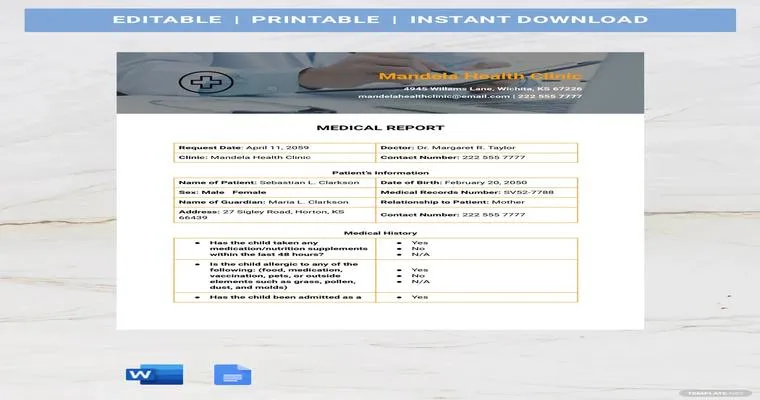In the fast-paced world of healthcare, the "amount of time" a doctor spends reading a "medical report" can significantly impact patient care and outcomes. With the increasing complexity of medical records and the volume of information doctors encounter daily, patients often wonder what constitutes a "reasonable timeframe" for a physician to thoroughly review a report. Understanding this can alleviate concerns regarding the quality of care and the attention given to individual cases.
The time it takes for a doctor to read a report can vary based on several factors, including the length and complexity of the document, the physician's specialty, and the urgency of the case. On average, a doctor might spend anywhere from "5 to 30 minutes" reviewing a standard report. However, this time can be influenced by the "type of report" in question. For instance, a simple lab result may require less time compared to a comprehensive imaging report or a detailed patient history.
Another crucial factor affecting the reading time is the doctor's workload. In busy practices or hospitals, physicians often juggle multiple patients and responsibilities, which can limit the time they dedicate to reviewing reports. Consequently, some doctors may prioritize "urgent cases" and spend less time on routine reports, potentially impacting their overall review process.
Moreover, the "quality of the report" itself plays a significant role. Well-organized and concise reports with clear findings allow for quicker comprehension and decision-making. In contrast, reports that are poorly formatted or overly complex may require additional time for the physician to decipher, leading to longer reading times.
To ensure that doctors have sufficient time to review reports effectively, healthcare organizations are increasingly adopting "electronic health records (EHR)" systems. These systems can streamline the process, making it easier for doctors to access and interpret patient data quickly. Additionally, EHRs often feature tools that highlight critical information, enabling physicians to focus on the most relevant aspects of a report without getting bogged down by unnecessary details.
Ultimately, while there is no one-size-fits-all answer to the question of how much time is reasonable for a doctor to read a report, prioritizing clarity and efficiency in documentation can lead to better patient outcomes. Patients should feel empowered to discuss their concerns with their healthcare providers, ensuring that they receive the attention and care they deserve.
In conclusion, the reasonable amount of time for a doctor to read a report varies based on numerous factors, including the complexity of the report, the physician's workload, and the quality of the documentation. By fostering better communication and understanding between patients and healthcare providers, we can enhance the overall efficiency of medical care and ensure that every patient receives the thorough attention they need.





